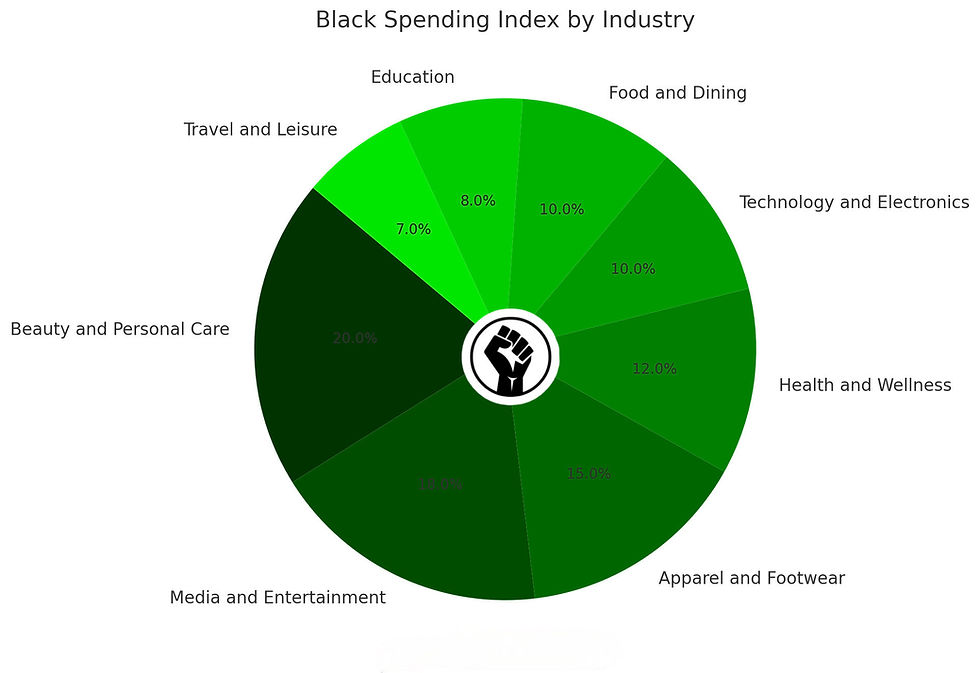Hussle's Hustle: How Nipsey Built an Empire Like Steve Jobs
- Al Lloyd

- Jun 23
- 3 min read
This blogs goes into how Nipsey created a legacy of ownership and opportunity from an impoverished upbringing, paraphrased from a video, linked below.

In examining the entrepreneurial journey of Nipsey Hussle, one could argue that he effectively adopted Apple's entire business model and applied it within his own community. One of the key elements he articulated was his emphasis on vertical integration, a strategy that underscores the significance of controlling various stages of production and distribution.
Nipsey Hussle's release of a $100 mixtape exemplified this concept, drawing inspiration from the Apple retail experience. He recognized the necessity of taking decisive action and embracing the possibility of failure, understanding that fear of failure could hinder progress in entrepreneurship. Much like Apple, which has meticulously integrated its processes—ranging from product design to retail—Nipsey aimed to create an ecosystem around his brand.
He observed that very few organizations successfully execute vertical integration. While they struggled to open the Marathon store, which he envisioned as a smart store that would function as a hub for his brand, he emphasized the need for self-management among his team rather than traditional oversight. By taking control of every aspect—from clothing to retail—he sought to establish a fully integrated experience that resonated with his audience.
Hussle's ambition to create hip-hop's first fully vertically integrated brand aligned with the prevailing trend of successful entrepreneurs who manifest their ideas in ways that resonate culturally. He believed in honoring persistence and the entrepreneurial spirit, recognizing that often, individuals embark on business ventures when mainstream channels neglect their narratives.
When comparing Nipsey's approach to Apple's, it becomes evident that both understood the importance of controlling their respective marketplaces. While Apple capitalized on a diversified product range to dominate the technology sector, Hussle harmonized his music, merchandise, and community projects to establish a strong cultural presence.
Both companies adopted strategies that eliminated intermediaries, creating direct relationships with their consumers. For Apple, this meant establishing a fully integrated system that encompasses hardware, software, and retail environments – allowing for enhanced customer loyalty and greater profit margins. On the other hand, Hussle developed his own platform for music distribution, directly selling his mixtapes to fans and eliminating traditional labels and streaming platforms, thereby ensuring that the majority of profits remained with him.
One of Hussle's notable initiatives was the launch of the Marathon store, which was inspired by Apple’s unique retail strategy. Just as Apple stores are designed to provide a cohesive brand experience, the Marathon store was intended to generate a sense of community and connection. It was more than a retail outlet; it served as a physical manifestation of Hussle's brand.
Furthermore, both Apple and Nipsey utilized their retail spaces not merely for transactions but to control the perception and narrative surrounding their brands. The Marathon store was designed to immerse customers in the brand ethos, creating a symbiotic relationship between community and commerce.
Most importantly, both visionaries recognized the potential for their enterprises to foster broader economic opportunities. Apple's creation of an app ecosystem enabled developers to innovate within its framework, while Nipsey's establishment of Vector 90 provided a co-working space and STEM center for aspiring entrepreneurs in South Los Angeles. This initiative extended beyond mere profit-making; it aimed to nurture the next generation of innovators in his community.
In summary, Nipsey Hussle and Apple may appear to inhabit entirely different realms—one rooted in technology and the other in music and culture—but at their core lies a shared understanding of vertical integration. Both have illustrated that ownership and control over the entire production and distribution cycle is fundamental not only for economic success but also for fostering community impact and generational wealth.
Their stories reflect a blueprint that many can learn from; the pivotal elements of ownership, strategic control, and community engagement are principles that can drive success across various industries. As we delve deeper into their strategies, the underlying message remains clear: innovation stems from a well-designed system that prioritizes ownership and integrity.









Comments